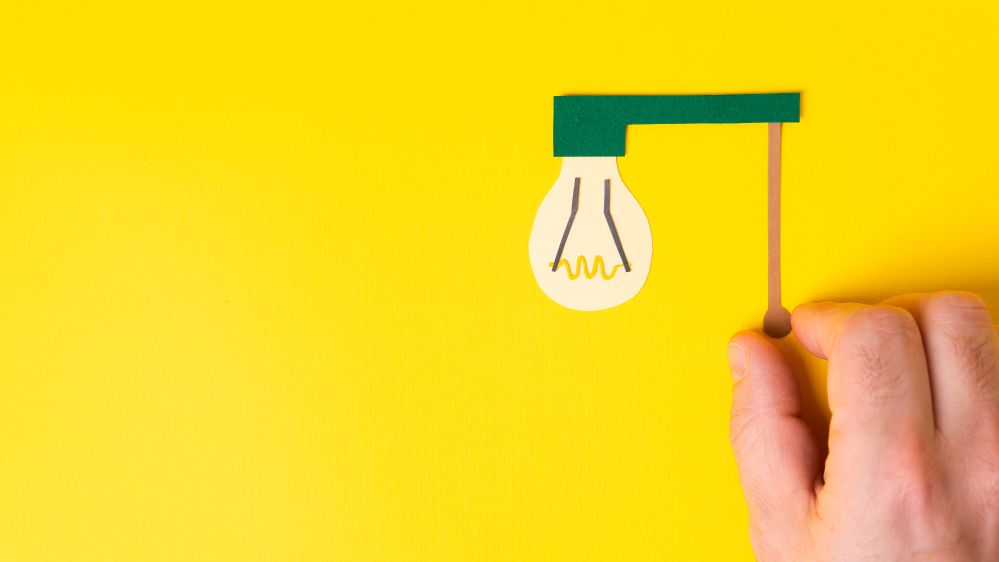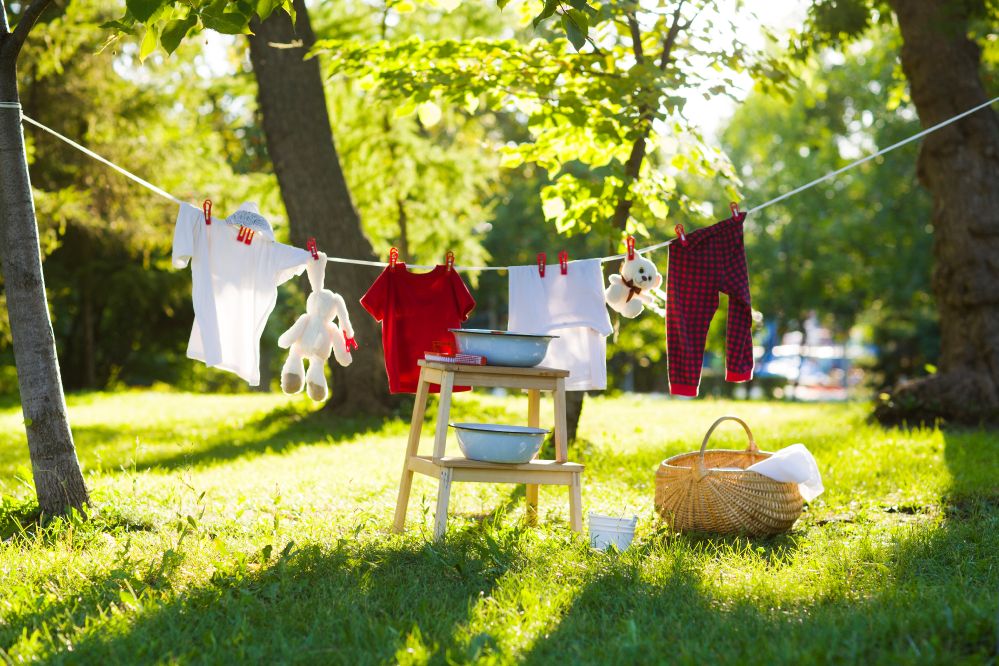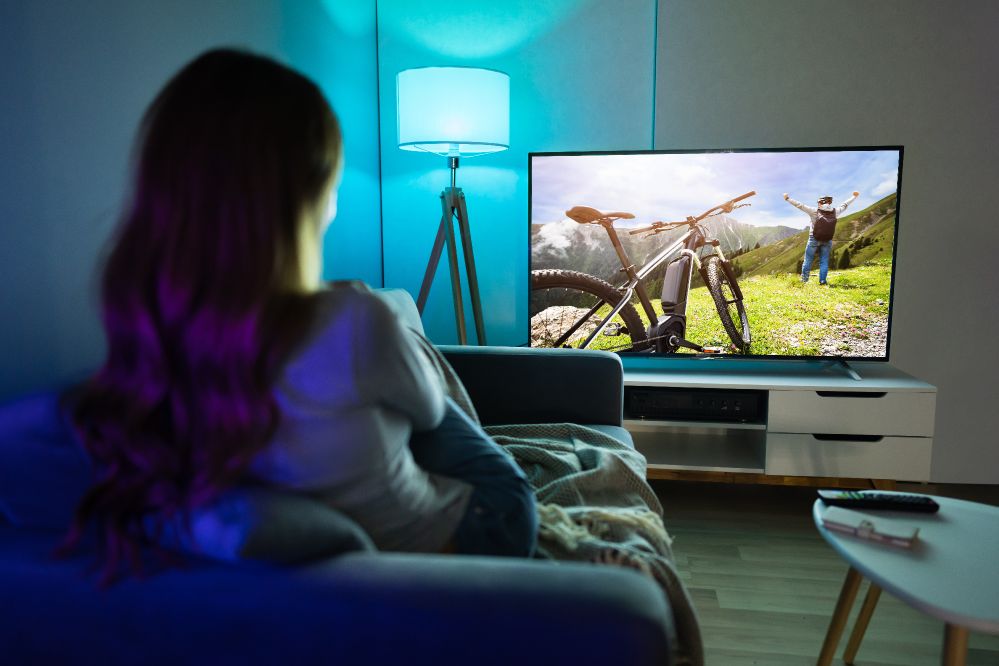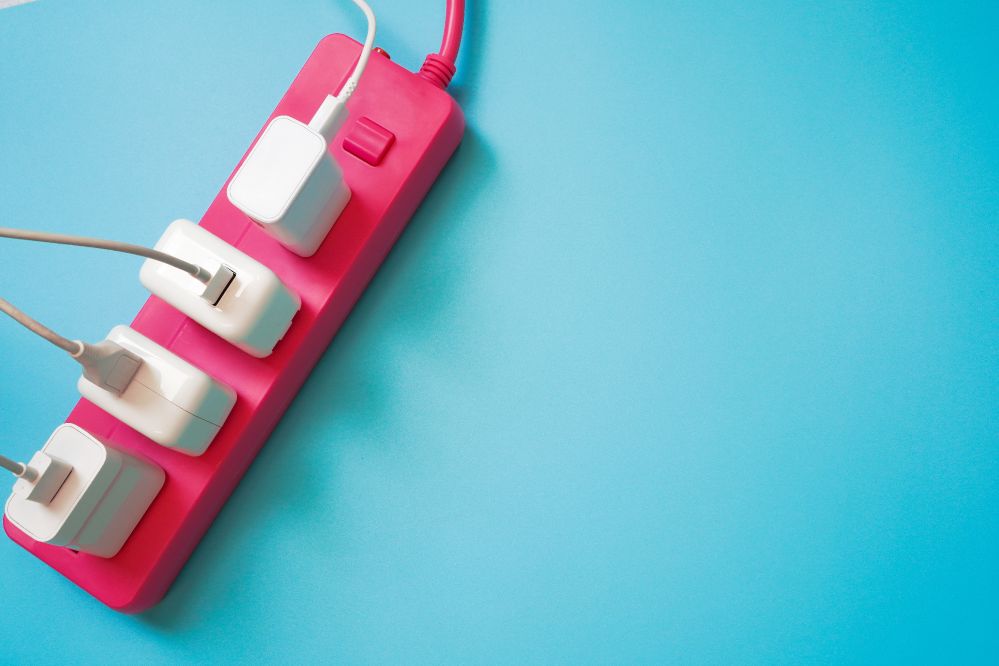
Reducing daily energy consumption
Little brooks make great rivers
More than ever, Western countries - including Luxembourg - are being asked to reduce their energy consumption. This is not only a geopolitical issue, but also an ecological gesture in line with the decarbonisation objectives for the years to come. More prosaically, in view of the uncommon price rises of recent months, restricting kWh on a daily basis also means softening the blow of the bill to be paid.
By scrutinising our daily actions, it is possible to identify certain habits that can be changed in order to consume less energy. As the popular wisdom says, "take care of the pennies and the pounds will take care of themselves" and "little brooks make great rivers", and it is useful that we all make an effort in this direction.
This article provides a series of ways to save energy, which is by no means exhaustive. It is up to each person to see how they can reconcile the search for savings, respect for the budget and the maintenance of good comfort in their own home, depending on their facilities and lifestyle.
Household appliances: buy the most energy-efficient ones
The energy label - which is compulsory for most household appliances - gives you information on the consumption of your future appliance. This allows you to estimate not only the purchase price but also the cost of use. It is true that efficient appliances are more expensive to buy, but they can save money in the long term.
Our homes are filled with all kinds of electrical appliances that are supposed to help us with household, food and leisure tasks. Some of these appliances consume more energy than others, and it is useful to identify them in order to better control their consumption.
Kitchen oven
The conventional oven alone consumes more than 1000 kWh per year on average. The hob consumes between 500 and 1000 kWh per year.
Avoid heat loss: put a lid on the pan while cooking - the pressure and heat inside will rise faster due to trapped steam, and you will use less electricity or gas.
Make sure you use the same size pan as your hob. If the bottom is smaller in diameter than your hob or fire, some of the energy will be wasted or will slide down the sides.
If you are cooking with electricity, remember to switch off your electric hobs 10 minutes before you finish cooking, as they will still be hot for several minutes.
Where possible, use a pressure cooker or microwave instead of a conventional saucepan, which can save up to 70% of energy.
Fan ovens allow you to cook more than one dish at a time, which not only saves you time when cooking, but also reduces your energy consumption.
Fridge and freezer
Fridge and freezer consumption varies between 200 and 500 kWh per year, depending on the model. Newer appliances can reduce consumption to between 125 and 250 kWh per year, whereas an older model can consume up to 500 kWh.
To reduce consumption, set the temperature of your fridge to between 4 and 5°C, and your freezer to -18°C: lowering the temperature by 1°C will increase consumption by 5 to 10%. Avoid placing the fridge near a heat source. As soon as a layer of frost appears that is greater than 2 to 3 mm, remember to defrost the freezer. The formation of frost leads to excessive electricity consumption and wears out your appliances more quickly. Also make sure you regularly clean the rear grill of the appliance.

Whenever the weather permits, let your clothes dry in the open air.
Washing machines and tumble dryers
A washing machine consumes an average of 200 kWh per year. To reduce energy consumption, use eco programmes and low temperatures: a 30°C wash uses three times less energy than a 90°C wash, while a cold wash uses twice as little as a 40°C wash. Choose the capacity of your washing machine so that you don't waste energy on models that are too large. Make sure you fill your washing machine completely with water in each cycle, without overloading it. Only use the pre-wash function for heavily soiled clothes (e.g. soiled work clothes). If the dryer is filled with textiles of similar material, size and thickness, the drying time will be shorter and the energy consumption lower.
A dryer with energy label C consumes an average of 580 kWh per year. The new condensing dryers - rated from A+ to A+++ - are more expensive to buy, but use much less energy, as they work with a heat pump instead of an electric resistance. An A+++ appliance consumes almost four times less energy than a C-rated dryer. On the other hand, choose a washing machine with the right capacity for your needs. Whenever the weather permits, let your clothes dry in the open air.
Dishwasher
Dishwashers consume an average of 250 kWh per year. Using a dishwasher uses less water than washing dishes by hand. Using the "eco" mode can reduce electricity consumption by up to 45%. Only start the dishwasher when it is completely full. When filling your dishwasher, remember to remove crumbs from the plates. Maintain the appliance regularly (filter, salt level, hoses etc.).

5W bulbs are sufficient for watching TV.
Leisure electronics
Television, computer and internet box: these devices consume between 130 and 200 kWh per year. Ever larger televisions are entering the living room, but they consume more electricity: a 160 cm (diagonal) television set consumes as much as 3 or 4 80 cm televisions. So measure your needs carefully and beware of rushing to buy a screen that is too big for your home. You will not necessarily have better visual comfort, but you will spend much more electricity. Also consider that the brighter and/or higher contrast the screen, the higher the power consumption. With most TVs you can easily adjust the brightness yourself to reduce power consumption. Some TVs have energy-saving modes, such as an Eco mode or a Movie mode.

A power strip with a switch makes it possible to cut off the power to several connected appliances in one go.
Don't leave your appliances in standby mode
Stay alert when using your televisions, computers, printers, photocopiers, multifunctional equipment, etc. Do not leave your appliances on unnecessarily all day, preferring to unplug them rather than put them on standby. In fact, appliances on standby account for 15% of household electricity consumption over the year. Even chargers should not be left plugged in all the time, as they continue to draw electricity.
A power strip with a switch allows you to switch off several connected appliances at once.
Make better use of lighting
The share of lighting in a household's electricity consumption varies from 7 to 10%.
When buying lamps, pay attention to the energy label. Give preference to category A lamps. LEDs are the low-energy bulbs that offer the most advantages: optimal life span (up to 40,000 hours), choice of power, quality of light, non-heating, etc.
A word of warning about compact fluorescent lamps. You can still find them on the shelves, but in the long term they are destined to disappear. The new European directive prohibits the sale of compact fluorescent lamps from February 25 2023, and of T5 and T8 fluorescent tubes from August 25 2023. This solution is therefore no longer really to be preferred at this time, and it is advisable to switch to LEDs. This is slightly more expensive, but also much less energy-consuming.
For outdoor spaces, solar-powered lamps can save a lot of money.
In your interiors, avoid over-lighting: living areas should not require more than 20W per square metre, while 5W bulbs are sufficient for watching TV or working on your computer.
Remember to dust your bulbs and shades. Dust accumulation reduces light output.
Turn off lights when leaving a room. Install a timer or occupancy sensor in rooms such as the cellar, storage room and hallways. The lights will be switched off if you forget to turn them off.
Use light colours to decorate your interior (walls, floors, lampshades, etc.), as they reflect light better, whereas dark colours absorb it.
Avoid the "decorative LED" effects that are increasingly appearing on furniture. These LEDs are of no use for lighting, yet they consume electricity.
Place sofas and desks near windows and make the most of natural light.
Making better use of heating
Heating is the most important energy consumption item for households. This is why it is important to insulate the building as much as possible and to install the most efficient and environmentally friendly system possible.
Do not heat your home unnecessarily when you are away.
Setting the temperature around 20°C in the living areas and 17°C in the bedrooms will provide sufficient comfort while reducing your heating consumption.
For more efficiency, install a heating control and programming system. It is possible to program the heating differently for each day of the week and thus regulate it especially for the weekend and night, for example. Some connected systems even allow you to act remotely.
There is no need to heat all rooms to the same temperature. Some rooms are occupied all day long, but others, such as bedrooms or bathrooms, do not need a permanently high temperature. Setting the temperature at around 20°C in the living area and 17°C in the bedrooms will provide sufficient comfort while reducing your heating consumption.
Dust your radiators regularly so that they can heat properly. If you have a gas-fired boiler, remember to carry out annual maintenance. It will help you comply with the law, reduce your gas consumption and ensure the safety of your installation.
Close your shutters and/or draw the curtains as soon as it gets dark: this will prevent the cold from seeping into your home and the indoor environment will remain comfortable without having to turn up the heat.
During a very cold period, keep the shutters closed even during the day if you are not at home. This will reduce heat loss through the windows.
Block cold air intakes, close chimney inserts, caulk doors to the outside or to unheated rooms if necessary with door sweeps.
Saving hot water also means saving electricity!
Do not leave the hot water tank running when you are away for long periods.
Set the temperature of the hot water tank to 55°C, this is sufficient to limit the development of pathogenic bacteria and limits the electricity consumption necessary to heat the water.
Do not leave the mixer tap in the intermediate position: warm water is used every time, whereas cold water is perfectly suitable for washing vegetables, washing your hands, rinsing your sponge, etc.
Install aerators or flow reducers on taps. A water-saving shower head can save up to 75% of water.
For more information, visit www.enovos.lu